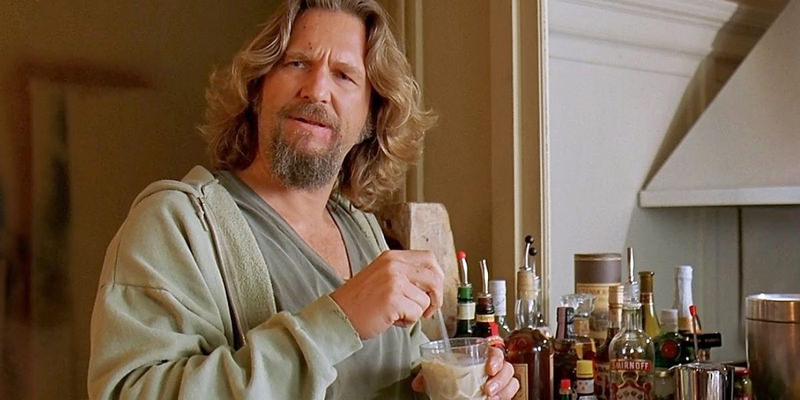Cocktails have been around forever. In fact, the first recorded use of the term in referring to an alcoholic concoction was in a London publication in 1798 and over the next decade the term was increasingly used in print across the Western Hemisphere. But this is just the history of the terms use in printed works, which suggests that it was coined even earlier. That means there has been at least 200 years of cocktail development, and in this length of time some of those cocktails have managed to stick around, remaining popular today.
Out of these still popular cocktails there are a few that make a lot of sense. There is the Martini, the Margarita, the Caipirinha, and the Manhattan to name just a few. It doesn’t require much thought to understand why these cocktails are so successful. They all are undoubtedly refreshing and have a certain level of sophistication. On the opposite end of the spectrum though there are still popular cocktails that are a bit more puzzling. Case in point: The White Russian.
The White Russian is a cocktail made with vodka, coffee liqueur, and cream served over ice, though it’s common for the cream component to simply be substituted for milk. And it’s the milk that truly causes this drink’s level of sophistication to be questioned. While it may have been generally accepted for people of all ages to drink milk in decades past, in contemporary culture it’s commonly accepted that milk is a drink for children. If you were to peruse a list of the most popular modern day cocktails, you’d be hard pressed to find many that included dairy as a primary ingredient. On top of this, the drink contains an excessive amount of sugar, which means if you drink enough White Russians in one night, which, lets face it, you probably will, the next morning will be brutally painful. And to add insult to injury, you’re going to significantly pack on the pounds.
Don't Miss A Drop
Get the latest in beer, wine, and cocktail culture sent straight to your inbox.And yet, the White Russian endures. The drink was conceived in 1949 when Gustave Tops, a Belgian barman, created the cocktail, along with its sister cocktail, the black Russian – a White Russian without any cream – at the Hotel Metropole in Brussels in honor of Perle Mesta, then U.S. ambassador to Luxembourg.
Most obviously, Belgium is not Russia, so the drink doesn’t take its name from its country of origin. It instead inherited Russia in the name because vodka is the main ingredient. Over the next decade the White Russian spread throughout the western hemisphere, ultimately appearing in California’s Oakland Tribune on November 21, 1965, with publication of the official recipe, “White Russian. 1oz. each Southern, vodka, cream.” The word “Southern” refers to a then popular brand of coffee liqueur.
Although the cocktail had become somewhat popular, it still wasn’t highly regarded like other famous cocktails.But this all changed in 1998 when the cult classic film The Big Lebowski was released and the cocktail rose to the superstardom it knows today. In fact, before the movie brought the cocktail to millions of new fans, it was lapsing into a gradual decline. It The Dude who consistently drinks White Russians throughout the film, throwing back a total of 9 before it ends, that brought the drink back from the brink of death. Naturally, fans of the film followed suit, and the cocktail has surged back to popularity.
Today, one can even find different variations of the White Russian, which speaks even further to the drinks growing popularity – there’s the White Canadian, which is made with goat’s milk instead of cream, the White Mexican, which uses horchata instead of cream, the White Cuban, which uses rum instead of vodka, the White Belgian, which is made with chocolate liqueur instead of coffee liqueur, and the Dirty Russian, which is made with chocolate milk instead of cream. The Dude would certainly abide.

